Generation of Integrated Circuits: From Humble Beginnings to Modern Marvels
Explore the fascinating world of integrated circuit generation. Discover how these tiny marvels, combining transistors and other components, revolutionized electronics. Learn the steps involved in bringing these powerhouses to life, from design to fabrication. Dive in and see how integrated circuits shape the technology you use every day!
Generation of Integrated Circuit
Integrated circuits (ICs) have undergone a remarkable evolution since their invention in the 1950s. This advancement is categorized into generations, each marked by significant increases in transistor density on a chip.
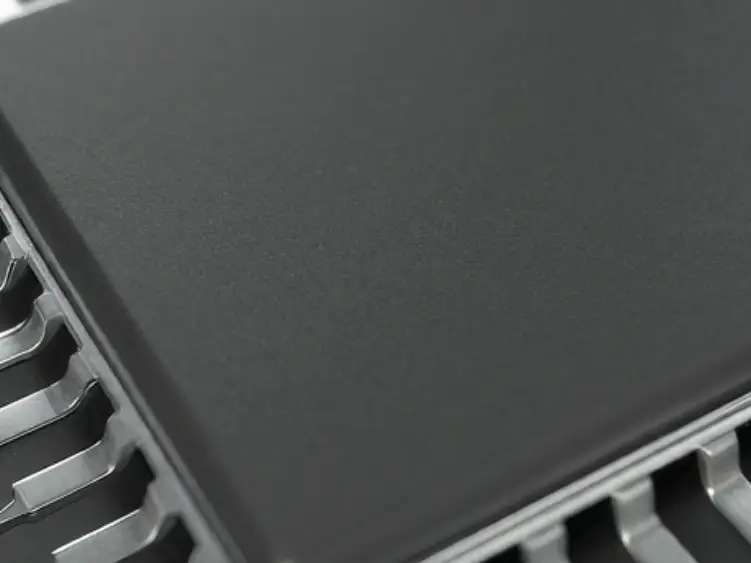
The earliest ICs, containing only tens to hundreds of transistors. They were used for simple logic gates and basic functions.
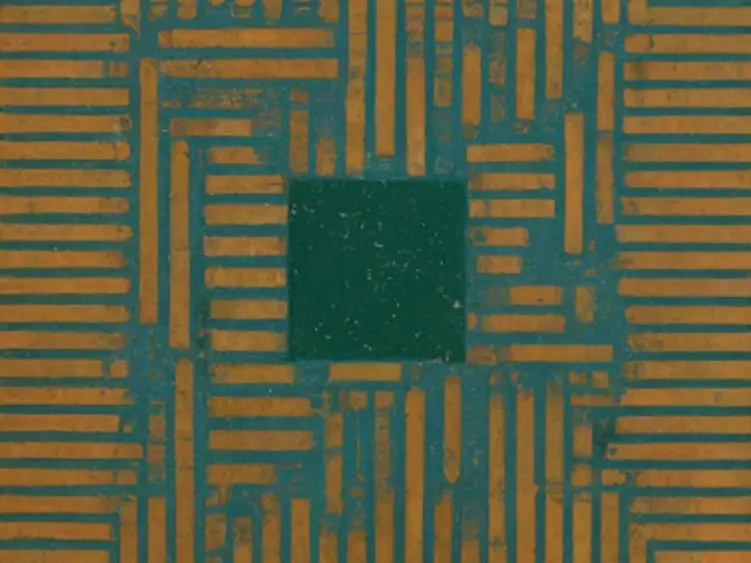
A step up from SSI, MSI circuits integrated hundreds to thousands of transistors. This allowed for more complex functions like counters, timers, and simple memories.
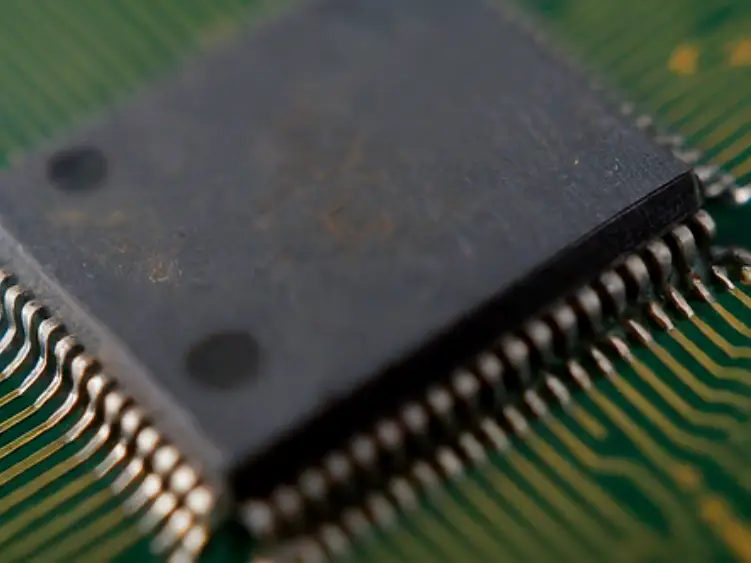
LSI marked a significant leap, cramming tens of thousands to hundreds of thousands of transistors on a single chip. This paved the way for the development of the first microprocessors and memory chips.
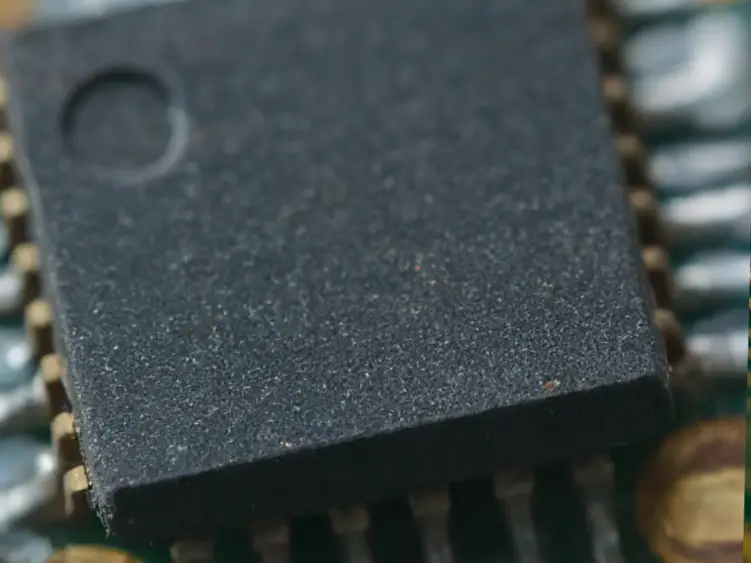
Very-Large-Scale Integration (VLSI) (1980s-Present)
The current era of ICs, with VLSI circuits boasting millions to billions of transistors. This immense density allows for the creation of complex processors, memory devices, and entire systems on a single chip.
Which Generation of Computer Used Integrated Circuits
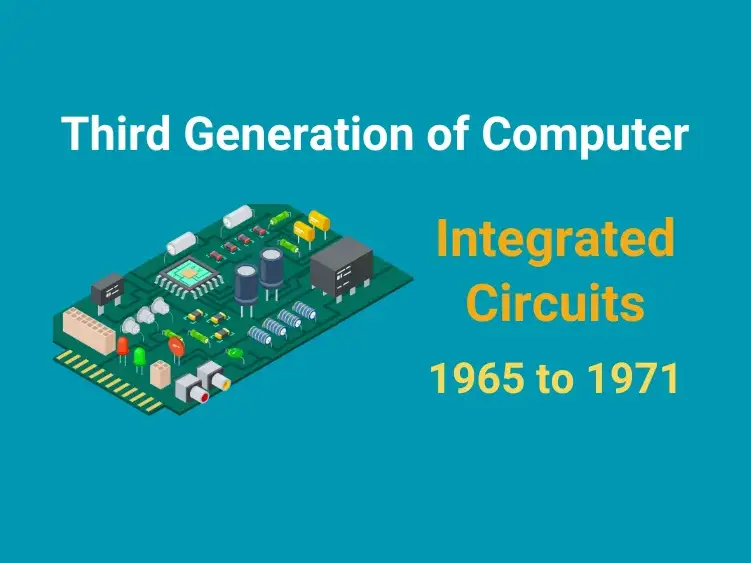
Integrated circuits (ICs) were not prevalent in the first generation of computers (1940s-1950s). Those machines relied on bulky and power-hungry vacuum tubes for processing.
The generation that truly embraced integrated circuits was the third generation (1960s-1970s). This era saw the rise of Large-Scale Integration (LSI) chips, allowing for the development of the first microprocessors and memory chips. These advancements led to significant miniaturization, increased processing power, and lower costs compared to previous generations.
While the invention of the integrated circuit itself occurred in the late 1950s, it took some time for the technology to mature and become a defining feature of computers. The second generation (1950s-1960s) saw the transition from vacuum tubes to transistors, but these transistors were still discrete components, not integrated circuits.




















